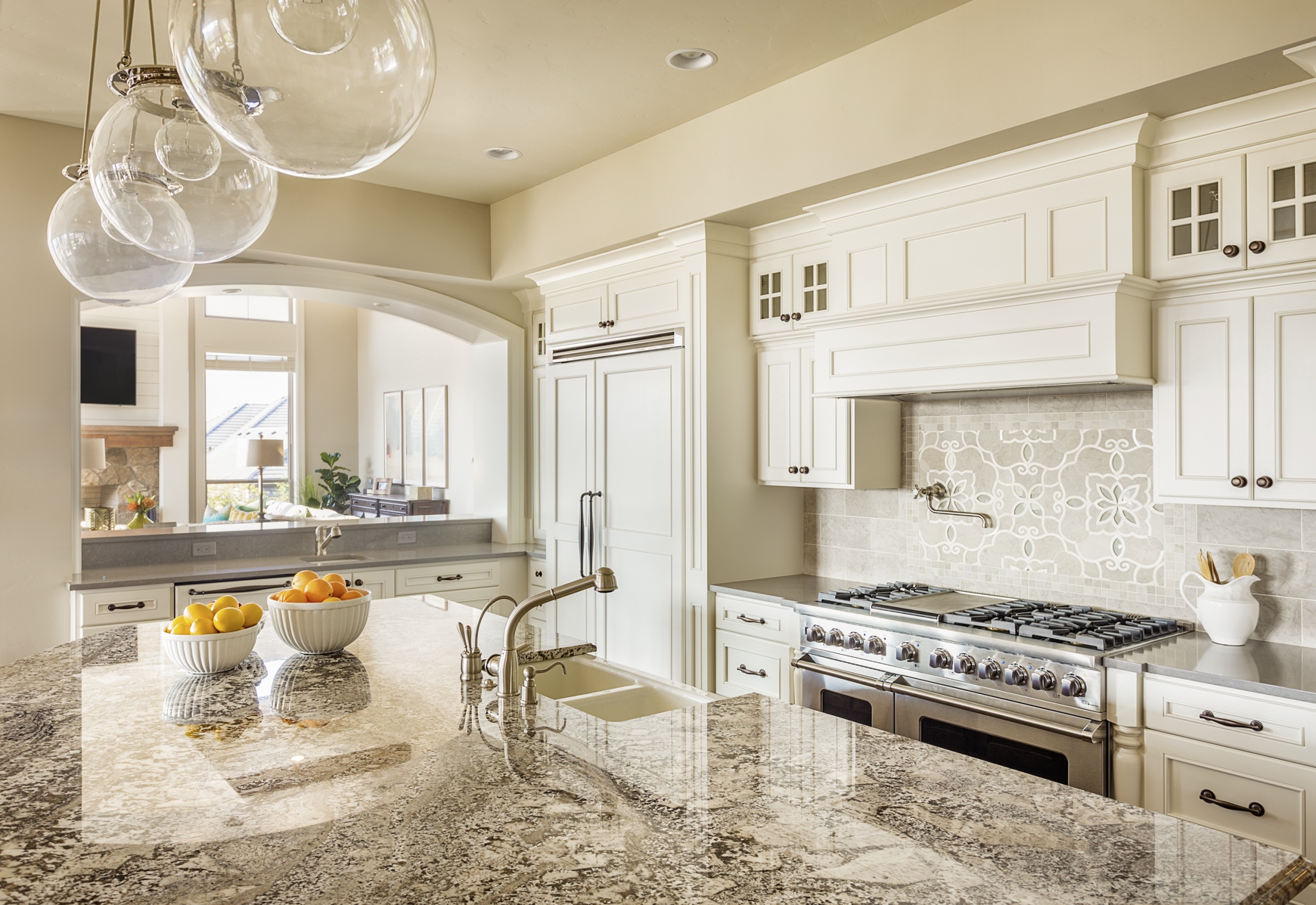5 Essential Tips for Designing Your New Kitchen
Budget, layout, convenience, details, and style – key factors to consider when building a new kitchen.
 (Illustration photo: shutterstock)
(Illustration photo: shutterstock)The kitchen is one of the most important and costly areas in a home. Here's how to do it right.
Setting a Budget
It might seem obvious, but having a fixed budget is crucial. It ensures you end up with a beautiful, fully-equipped kitchen by the end of the process.
Moreover, there are countless cabinet finishes available, ranging from the most basic to the trendiest designs. A defined budget helps you navigate these choices and avoid overspending.
Your budget should cover all elements: cabinets and drawers, countertops, sinks and faucets, appliances and outlets, and plumbing fixtures.
Kitchen Layouts
Another fundamental aspect often overlooked is the kitchen layout, beyond just length and width measurements.
Before visiting a kitchen store or carpenter, ensure you know the locations of all water, electric points, and switches.
Accurately measure your kitchen dimensions (length, width, height), sketch a layout, and include all these details.
 (Illustration photo: shutterstock)
(Illustration photo: shutterstock)
Functionality and Comfort
During the planning stage, it's crucial to consider how to make the kitchen practical, functional, and comfortable.
How do you achieve this? First, evaluate what's not working in your current kitchen.
The height of upper cabinets should suit the household's residents. You shouldn't have to climb on a stool every time you need a glass (or worse, on the counter). Deep cabinets can also be problematic, causing head bumps on doors (if the cabinet depth exceeds 30-35 cm, or an upper cabinet door exceeds 40 cm).
Countertop height should also be customized. To calculate your perfect countertop height, stand straight, bend your elbow at a 90-degree angle, measure from your elbow to the floor, and subtract 10 cm (for room to work, like chopping vegetables). This ensures comfortable dishwashing and workspace use.
Ensure you incorporate as many drawers as possible. Soft-close tracks allow items to glide out easily without bending down and reaching deep into cabinets.
Add niches and shelves at varying heights.
Consider the kettle's location, ensuring it's close to cups, sugar, and coffee – no need to mess up the entire kitchen for a single cup of coffee.
Attention to Detail
Small details can significantly impact your kitchen.
Handles are a prime example, affecting both kitchen design and comfort, and ultimately the price.
If your kitchen is small, consider avoiding external handles and think about integrated grips, cabinet edge slots, or click-to-open options (less recommended for heavy drawers).
Tip for those buying a ready-made kitchen (contractor's kitchen) and wanting an upgrade – replacing simple cabinet handles with ones that reflect your style can transform the kitchen's look.
 (Illustration photo: shutterstock)
(Illustration photo: shutterstock)
Choosing a Design Style
Besides functionality and comfort, your kitchen should reflect your personal taste.
Defining your style is crucial to achieve a well-designed kitchen. Otherwise, you might end up with elements from various styles that don't harmonize.
To assist in the process, look for images of kitchens you find appealing in design and style. Once you have a collection, notice common features in your selected images.
Note the findings you discover, for example – if the common features are straight lines, smooth, clean finishes, and minimal materials, you've chosen a modern style.
If you notice lots of solid wood elements, wood carvings, cornices, protrusions on cabinet fronts – your preferred decorative style is rustic.
Colors might be the highlight in your chosen inspirations.
Continue this analysis until you're clear on your favorite choices and what you want in your home.
Tami Rotenberg is an architect and interior designer. For questions and comments: office@tammyrotenberg.com

